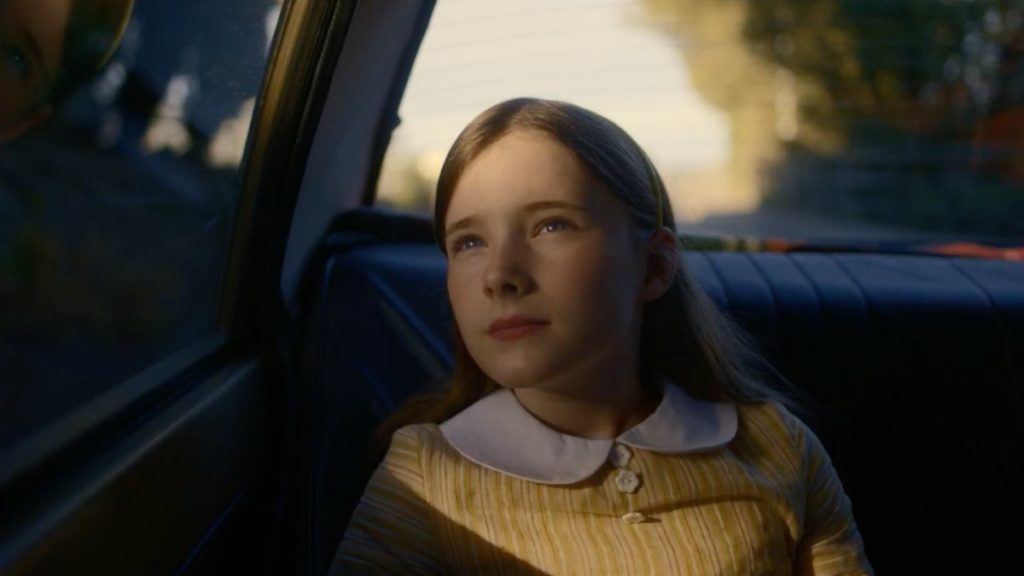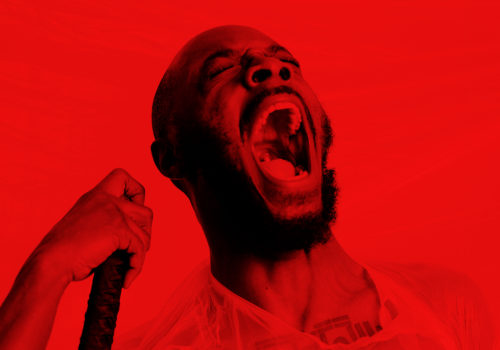An Cailín Ciúin Reminds us Why Gaeilge Matters
Words: Ciarán Howley
Images: Fís Eireann
The Irish language film has broken box-office records, scooped prizes and won international acclaim. It’s also a reminder that our mother tongue is worth hanging onto.
When we think about film and television as Gaeilge, there are a couple of names that spring to mind. Namely TG4’s finest like Ros na Rún, Aifric, Paisean Faisean. And where would we be without Cáca Milis?
However, the last decade has seen a string of bigger Irish films attempt to cross international waters, including Arracht, Son of Granite and the famine-set thriller Black 47. These movies performed well domestically, but it is rare that an Irish-language film makes that jump in the way that English-language features like Brooklyn, Sing Street or Wolfwalkers have.
And yet, out of the blue a little film called An Cailín Ciúin has done exactly that. A co-production by Screen Ireland and TG4, written and directed by Colm Bairéad, the film is proving that films as Gaeilge can make the leap overseas, and keep the language in the conversation at home.
Gaeilge in Eireann
It’s no secret that the Irish language is prone to stirring divisive reactions. You would be forgiven if even the utterance of ‘an bhfuil cead agam dul go dtí an leithreas’ conjures painful memories of trying to work out the módh coinníollach or having to memorise twenty sraith pictiúr.
Every few years the debate about Irish as a compulsory subject relaunches. It’s a fight between those who resent it because of their school experience and the multiple Irish-speaking communities around the country. There are even petitions to make it optional for the Leaving Cert, a conversation that sparks further fireworks about its relevance in modern Ireland.
The film helps to put the language into perspective; through the eyes of a nine year old girl. What unfurls is a beautiful, poetic tale of loss, kinship and newfound identity.
What’s more, the language has been increasingly associated with Irish elitism, where the best academic performers able to enter top-ranked courses can afford the extra grinds and summering in Connemara.
However, the underrepresentation of Gailege and the way it’s taught are interlinking problems – in school we are asked to understand grammar and not culture. In the latest effort from Irish-language director Colm Bairéad, An Cáilín Ciúin, the film helps to put the language into perspective; through the eyes of a nine year old girl.
What unfurls is a beautiful, poetic tale of loss, kinship and newfound identity.
Léirithe As Gaeilge

Cáit, the titular quiet girl, is a soft-spoken, contemplative young girl growing up in an abusive home in the 1980s. Kate Nic Chonaonaigh and Michael Patric are her neglectful parents; the former overworked and abrasive and the latter a chain-smoking mute who barely acknowledges her. Underpinning this neglect, is the tyranny her English-speaking father carries out on the family. Cáit only speaks her mother tongue when he is out of earshot.
That summer, Cáit packing is sent packing to spend the summer with Eibhlín Cinnsealach (Carrie Crowley), her maternal cousin, alongside her sheepish cattle-rearing husband Seán (Andrew Bennett). It’s there that Cáit learns to speak out and find her voice through her native language.
Undeniably, it’s Catherine Clinch as Cáit who steals the show. In her first role at age twelve, her ability to convey the flickering complexity of emotion on camera within seconds is astounding. Rugadh réalta, or a ‘star is born.’
At the heart of this film is the strong bond Cáit forms with the Coinseallachs. In a performance worthy of a Best Supporting Actress nod, Carrie Crowley’s turn as a caring, maternal yet emotionally beleaguered homemaker is phenomenal. The bond she forms with Cáit, and the love she shows her is so convincing that it’s hard to believe the film isn’t some lost TG4 documentary recovered from the archives.
Undeniably, it’s Catherine Clinch as Cáit who steals the show. In her first role at age twelve, her ability to convey the flickering complexity of emotion on camera within seconds is astounding. Rugadh réalta, or a ‘star is born.’
While the film chooses a rather traditional setting to ground the Irish language, using a child’s perspective takes the viewer back to basics through her eyes. Aside from its breathtaking cinematography and tear-jerking score, the film perhaps owes its success to its universal themes.
Love and acceptance are high priorities for a nine-year old, but it’s something that has clearly struck a nerve with the audiences appreciating this film around the world.
Record Breaking
At the time of writing, An Cailín Ciúin has grossed over 600,000 euro at the box office, and sits at No.14 in the UK and Irish film charts. That is quadruple the amount higher than any previous Irish-language film.
While the film scooped up plenty of IFTAs, it was chosen to screen at this year’s Berlin International Film Festival, where it won the Grand Prix of the Generation Kplus International Jury. In an interview with Morning Ireland, director Colm Bairéad was “over the moon.”
“To have been selected for the festival in the first place, that felt like an award in and of itself”.
Colm Bairéad
His surprise is not astounding. It’s rare that films like this even get made, let alone turn a profit at the domestic box office. The film has gone ahead and proven not only that quietly powerful films are still worth making, but that films as Gaeilge have just as much appeal internationally as those made in English.
If more films like An Cailín Ciúin continue to get made, there’s an opportunity for Irish-speaking culture to cross more barriers than ever.






